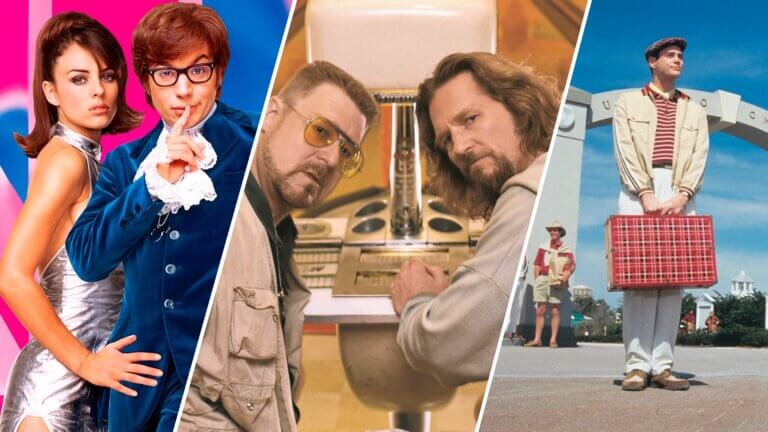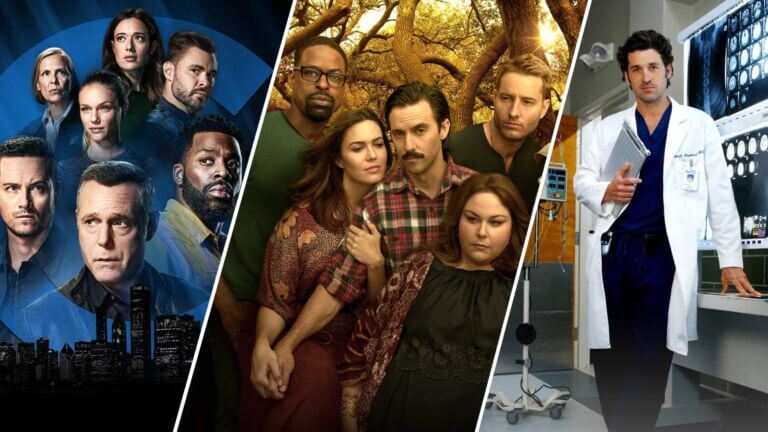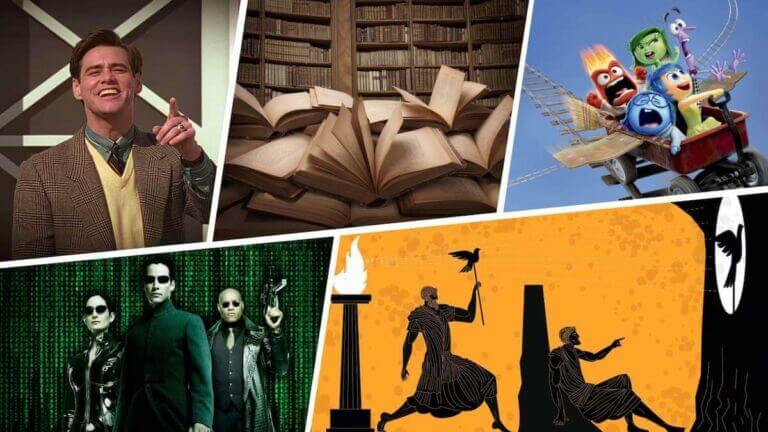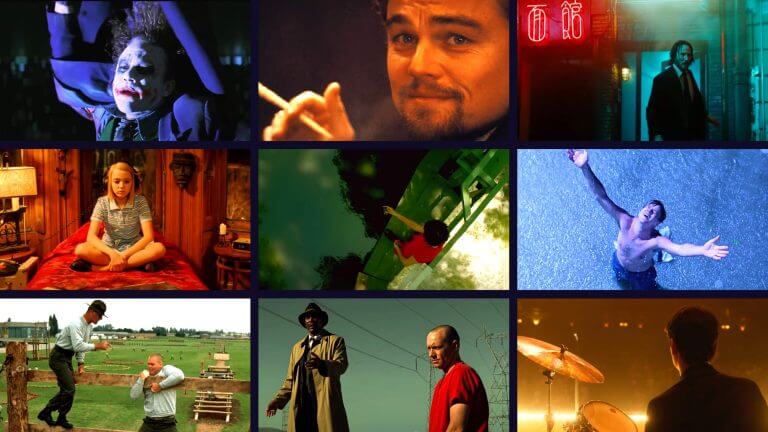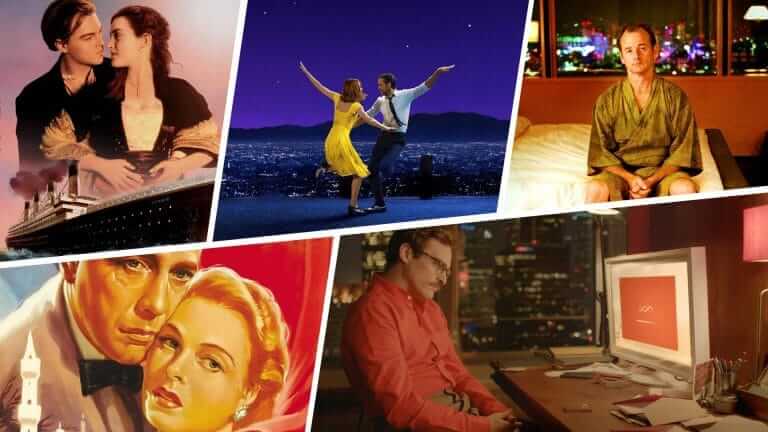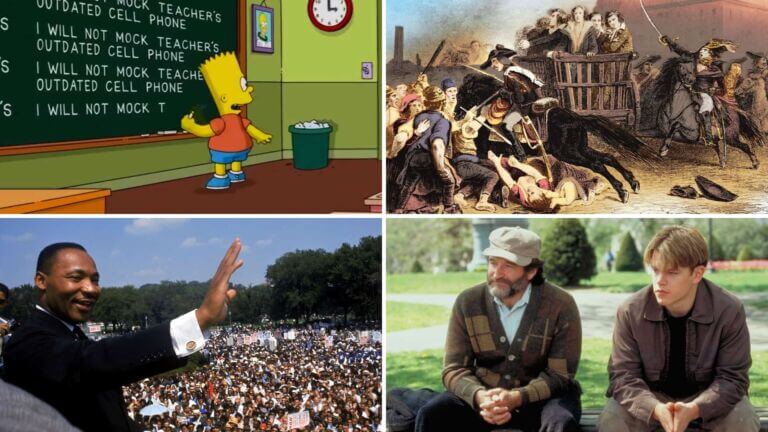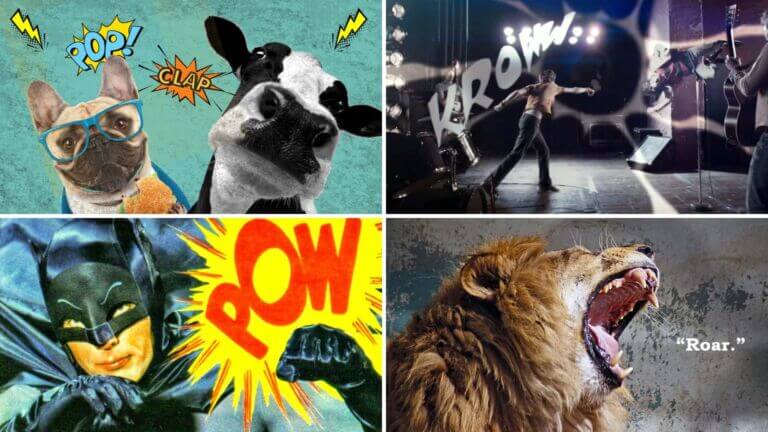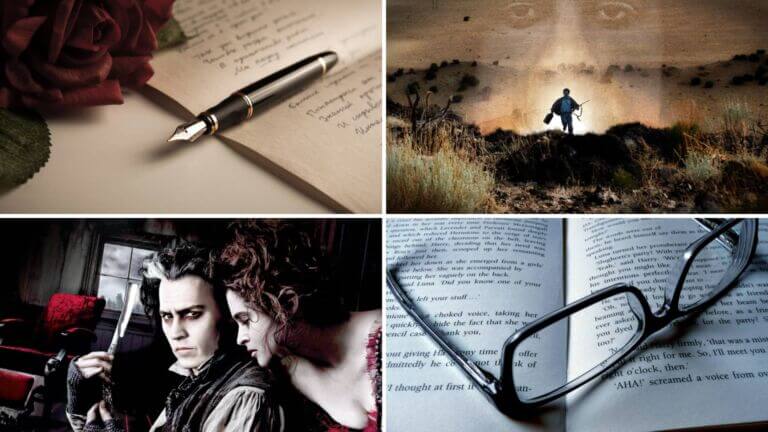Metaphors in and of themselves are a powerful tool to communicating ideas and concepts efficiently to a reader. However, when multiple metaphors are used in conjunction with each other they can become confusing. This is a common reason why many advise writers to avoid mixed metaphors. However, in this article we’re going to dive into some of the uses of the mixed metaphors that writers overlook. What is a mixed metaphor? This is specifically relevant in the world of storytelling and screenwriting. Continue reading What is a Mixed Metaphor: Definition & Examples
Film is primarily a visual medium. Filmmakers have various tools to create meaning through visual elements, one of which is the visual metaphor. Visual metaphors are often subtle, but are incredibly important for filmmakers in communicating and resonating with an audience. What is a visual metaphor? How and why do filmmakers use them? We’ll break down a few visual metaphor examples to answer these questions and more.Continue reading What is a Visual Metaphor — Definition & Examples in Art & Film
Have you ever described someone as melodramatic or been described as melodramatic? The term melodramatic is widely used in common vernacular. However, most people don’t know that it derived from the sub-genre of the Melodrama. In this article, we’ll be taking a look at the Melodrama, its characteristics, and its origin. We’ll also take a look at the differences and similarities between the Drama and Melodrama. Let’s dive in. Continue reading What is Melodrama — Definition & Examples in Literature & Film
Every writer works from a place of passion. The ideas, concepts, stories or experiences that you pull from when you write can be crystal clear to you, but communicating those ideas to a larger audience may pose a challenge. One of the best tools for communicating abstract ideas in an engaging way is the extended metaphor. What is an extended metaphor and how is it different from a normal metaphor? How do writers use these metaphors in their work? In this article, we’ll take a look at the extended metaphor definition, metaphorical poems, and other examples to answer these questions. Continue…
Shot SizeShot FramingCamera AnglesCamera FocusCamera GearCamera MovementCamera Lenses As cameras have evolved, filmmakers have developed a vast array of camera movements and camera angles to enhance storytelling. Mastering these camera techniques is essential for cinematographers and directors, helping them guide the audience's perspective and emotions effectively.Camera movement transforms static scenes into dynamic storytelling. This video breaks down key techniques—like push-ins, tracking shots, and whip pans—showing how they shape perspective and build tension. Watch to see how intentional movement elevates every shot:Continue reading Types of Camera Movements in Film Explained: Definitive Guide
There’s more than one occasion to break out the pint of ice cream and dive into the genre of romance. Whether you are going through a breakup, looking for a romantic watch with your significant other, or searching for a rom-com to watch with roommates on movie night, finding a great romantic film can be difficult. So, we’ve compiled a list of the best romantic movies of all time that have touched audiences' hearts for years. From the hilarious to the dramatic, this list will be sure to give you a few options to cry, laugh, or smile in the…
Anaphora can be iconic. Anaphora can be memorable. Anaphora can be effective. Okay, that may be a terrible example of the effectiveness of anaphora. Nevertheless, anaphora is responsible for some of the most iconic speeches in history. What is anaphora and how does it accomplish all of these things? In this article, we’ll take a look at the definition and examine uses of it in history, literature and film. Continue reading What is Anaphora — Definition and Examples for Writers
What is onomatopoeia? It’s the literary device that hits with a BANG, lands with a THUD, and brings language to life in creative writing through sound. From comic books and classic literature to modern screenplays, onomatopoeia mimics the sounds of the world around us—buzzing, ticking, crashing—to create vivid, immersive storytelling. In this guide, we’ll define onomatopoeia, break down the different types, and explore onomatopoeia examples that show how writers use sound to spark emotion, action, and rhythm on the page.Continue reading What is Onomatopoeia — Definition and Examples in Lit. & Film
One of the most effective ways at making a line of text in literature memorable is by creating rhythm. Writers have a few ways of creating rhythm such as rhyming and alliteration. However, both can become redundant because of their more obvious nature. A more subtle literary device that creates rhythm is assonance. What is assonance? The effects of assonance are similar, but are technically achieved in a different way. In this article, we’ll discover how by looking at the assonance definition and examples.Continue reading What is Assonance — Definition and Examples for Writers
Metanoia, a term derived from Greek, signifies a profound, transformative change of heart or an intellectual conversion. This concept, prevalent across disciplines including psychology, theology, and literary studies, embodies a deep, fundamental shift in one's attitude or perspective. This article delves into the etymology, diverse interpretations, and practical examples of metanoia. It aims to provide a comprehensive understanding of this unique and profound concept.Continue reading What is Metanoia — Definition & Examples
